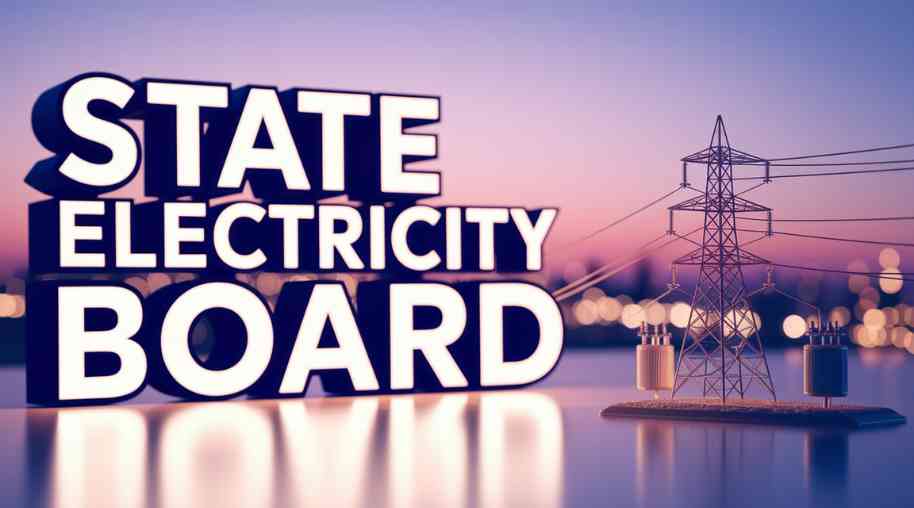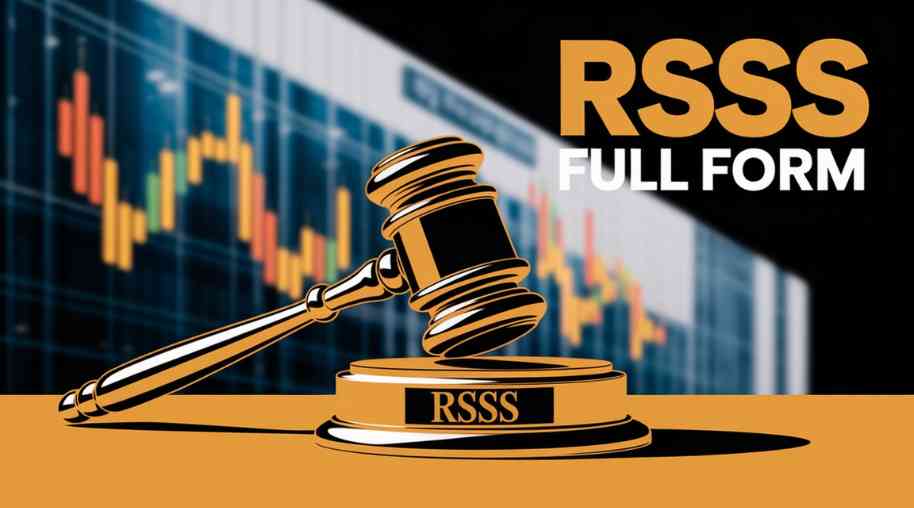SEB Full Form-State Electricity Board
by Shashi Gaherwar
0 2759
State Electricity Boards: Powering India's Energy Sector
State Electricity Boards (SEBs) have been pivotal in India’s power sector, managing electricity generation, transmission, and distribution. Established post-independence, SEBs aimed to deliver affordable and reliable electricity. Reforms addressed inefficiencies, shaping a modern power sector.

This article explores the role, challenges, and reforms of SEBs in India’s energy landscape.
Understanding State Electricity Boards (SEBs)
Established under the Electricity (Supply) Act of 1948, State Electricity Boards (SEBs) are government-owned entities overseeing electricity generation, transmission, and distribution within states, driving rural electrification and industrial growth.
Functions of SEBs
SEBs perform critical roles in the power sector:
- Power Generation: Operating thermal, hydro, and other power plants.
- Transmission & Distribution: Managing infrastructure for power supply.
- Tariff Regulation: Setting electricity tariffs for various consumer categories.
- Rural Electrification: Expanding electricity access to rural areas.
Challenges Faced by SEBs
SEBs faced significant hurdles impacting efficiency:
- High Transmission and Distribution (T&D) Losses: Due to inefficient infrastructure and power theft.
- Financial Crisis and Debt Burden: Low revenue and high costs led to financial losses.
- Political Interference: Artificially low tariffs due to political pressures.
- Poor Infrastructure and Maintenance: Aging systems caused frequent power cuts.
Reforms in the State Electricity Boards
Major reforms transformed SEBs into efficient entities:
- Electricity Act, 2003: Enabled privatization and established SERCs for regulation.
- Unbundling of SEBs: Separated generation, transmission, and distribution into DISCOMs.
- Ujwal DISCOM Assurance Yojana (UDAY) – 2015: Reduced DISCOM debt and improved operational efficiency.
- Promotion of Renewable Energy: Integrated solar and wind into power policies.
Impact of SEB Reforms on India's Power Sector
Reforms have significantly improved the power sector:
- Improved Financial Health: Reduced losses through better revenue collection.
- Enhanced Power Supply Reliability: Modernized infrastructure minimized outages.
- Rural Electrification and Increased Access: Schemes like Saubhagya expanded electricity access.
- Boost to Renewable Energy Integration: Increased use of green energy and net metering.
Challenges and Future Outlook
Despite progress, challenges persist:
- Financial Sustainability: DISCOMs face unpaid subsidies and high costs.
- Power Theft and Revenue Collection: Need stronger enforcement to curb losses.
- Infrastructure Modernization: Requires smart grids and automation.
- Tariff Rationalization: Balancing affordability with market realities.
Future Strategies
To ensure sustainability, SEBs and DISCOMs should focus on:
- Privatization: Privatizing DISCOMs in weak-performing states.
- Smart Meters: Improving billing accuracy to reduce losses.
- Renewable Energy Storage: Enhancing grid stability with storage solutions.
- Regulatory Oversight: Ensuring fair and transparent operations.
Future Prospects
State Electricity Boards (SEBs) have been foundational to India’s energy sector. Reforms like unbundling and privatization have enhanced efficiency, but challenges like financial sustainability and infrastructure upgrades remain. By leveraging technology, promoting clean energy, and improving financial management, SEBs can ensure a reliable and sustainable power sector.
Further Learning Resources
If you’re passionate about building a successful blogging website, check out this helpful guide at Coding Tag – How to Start a Successful Blog. It offers practical steps and expert tips to kickstart your blogging journey!
For dedicated UPSC exam preparation, we highly recommend visiting www.iasmania.com. It offers well-structured resources, current affairs, and subject-wise notes tailored specifically for aspirants. Start your journey today!

Share:








Comments
Waiting for your comments